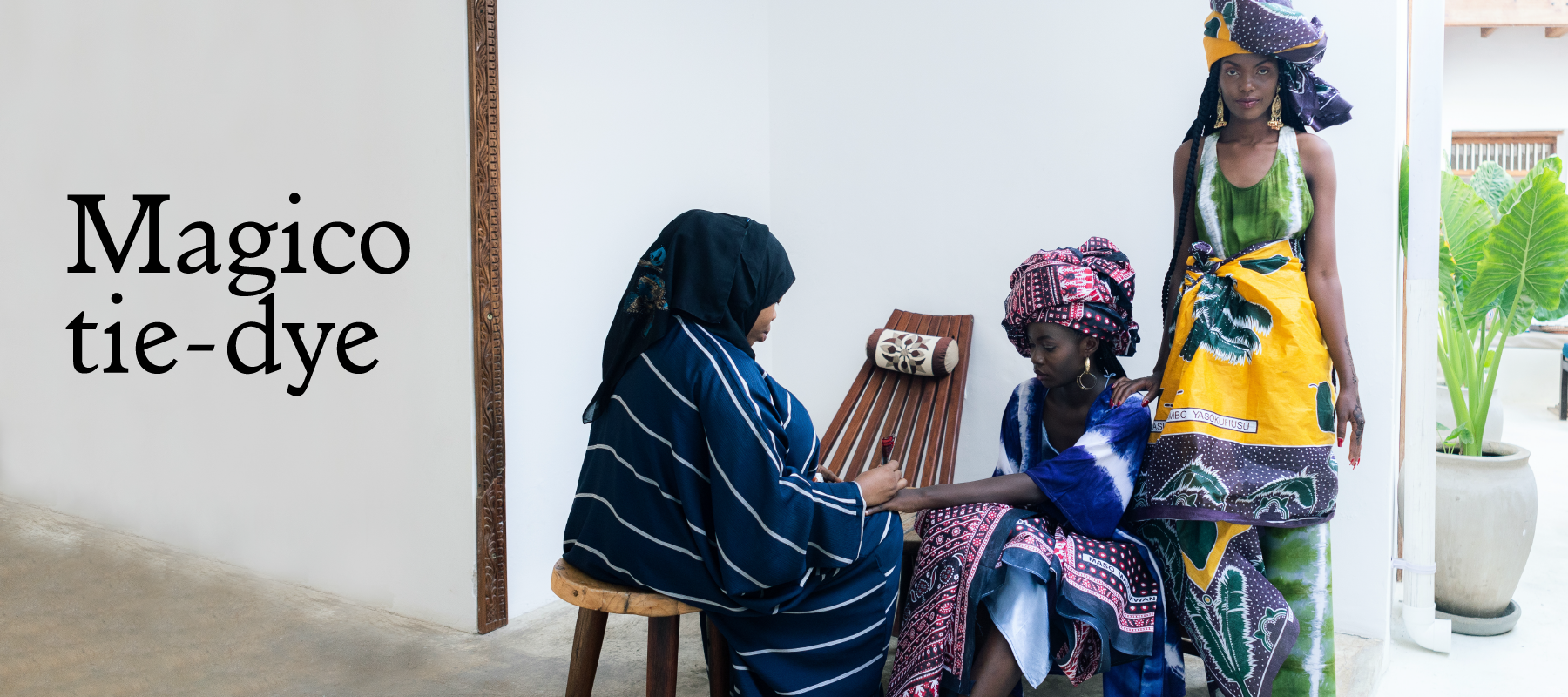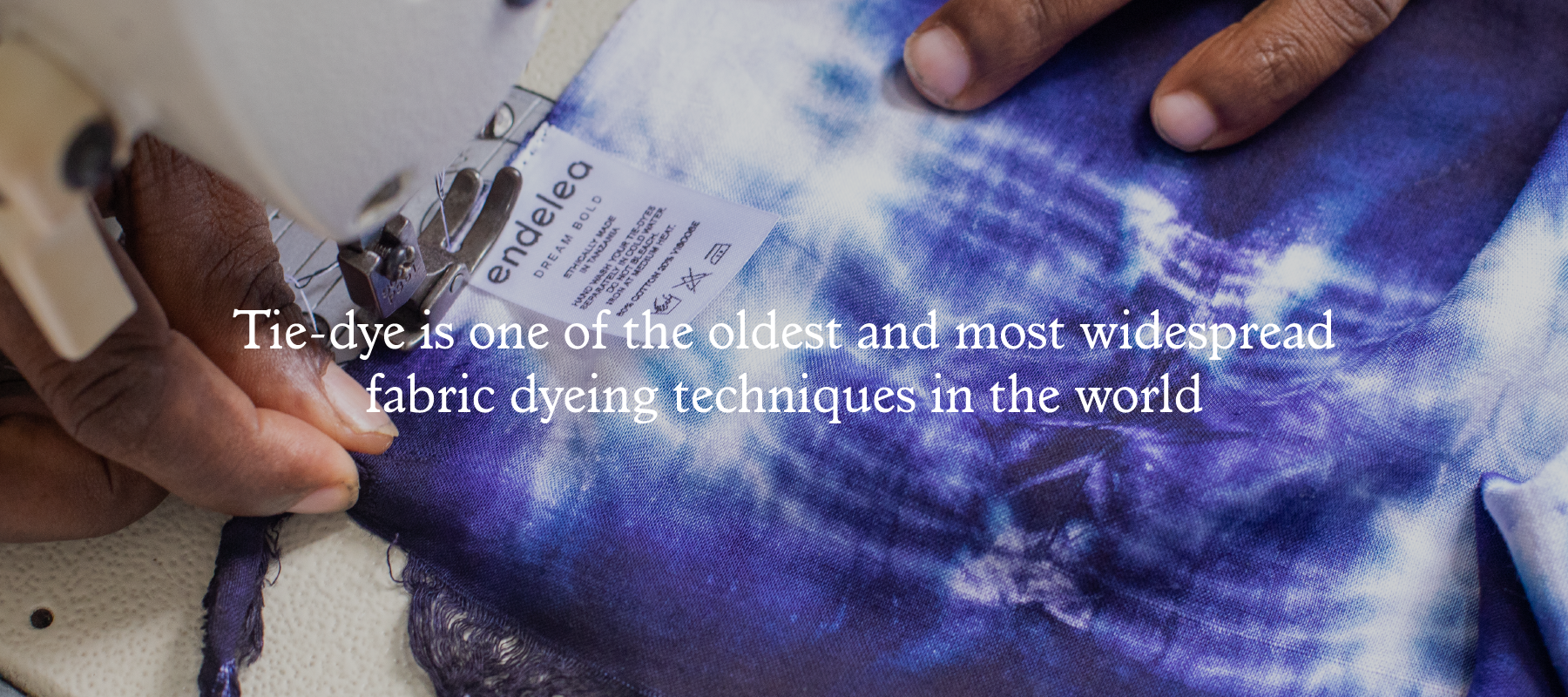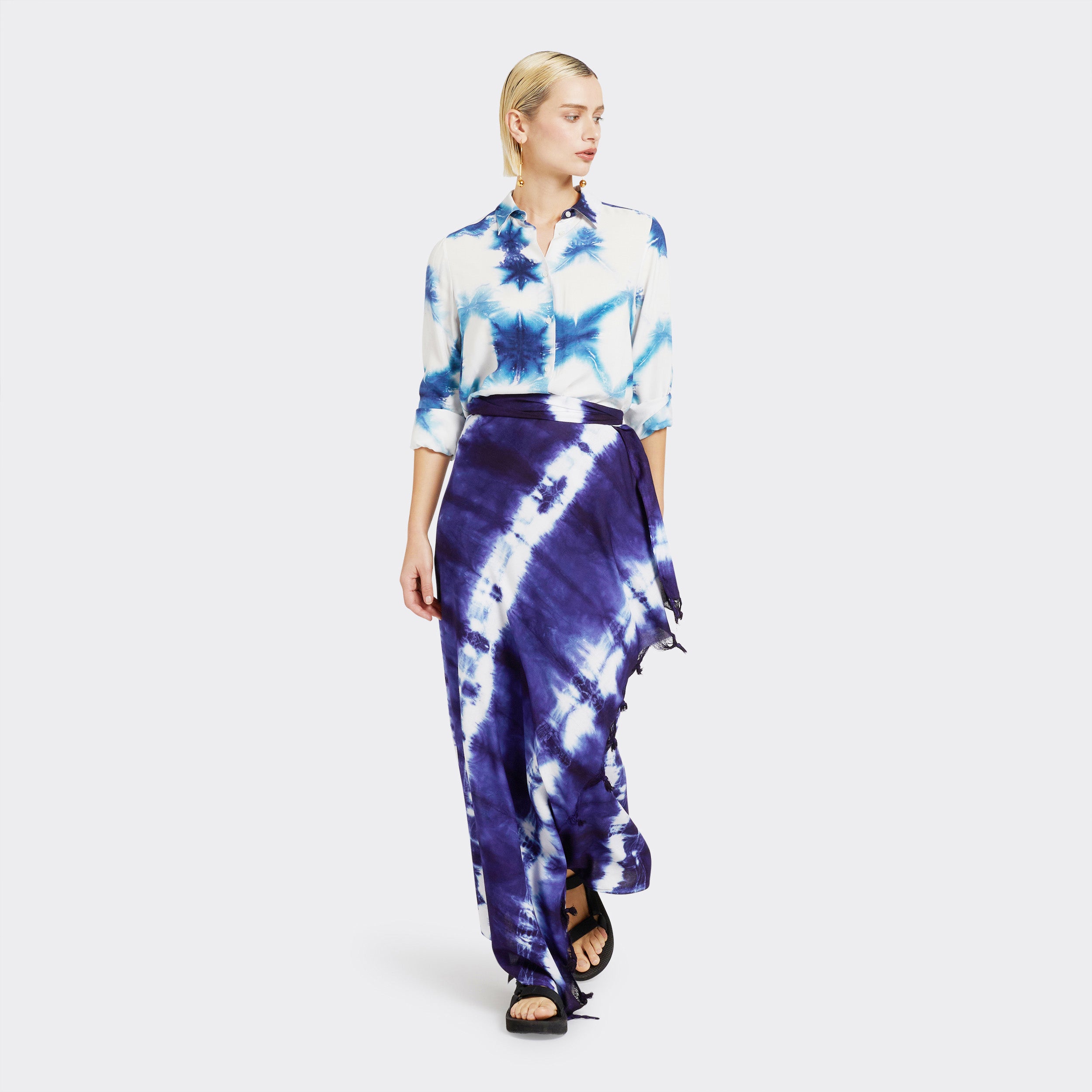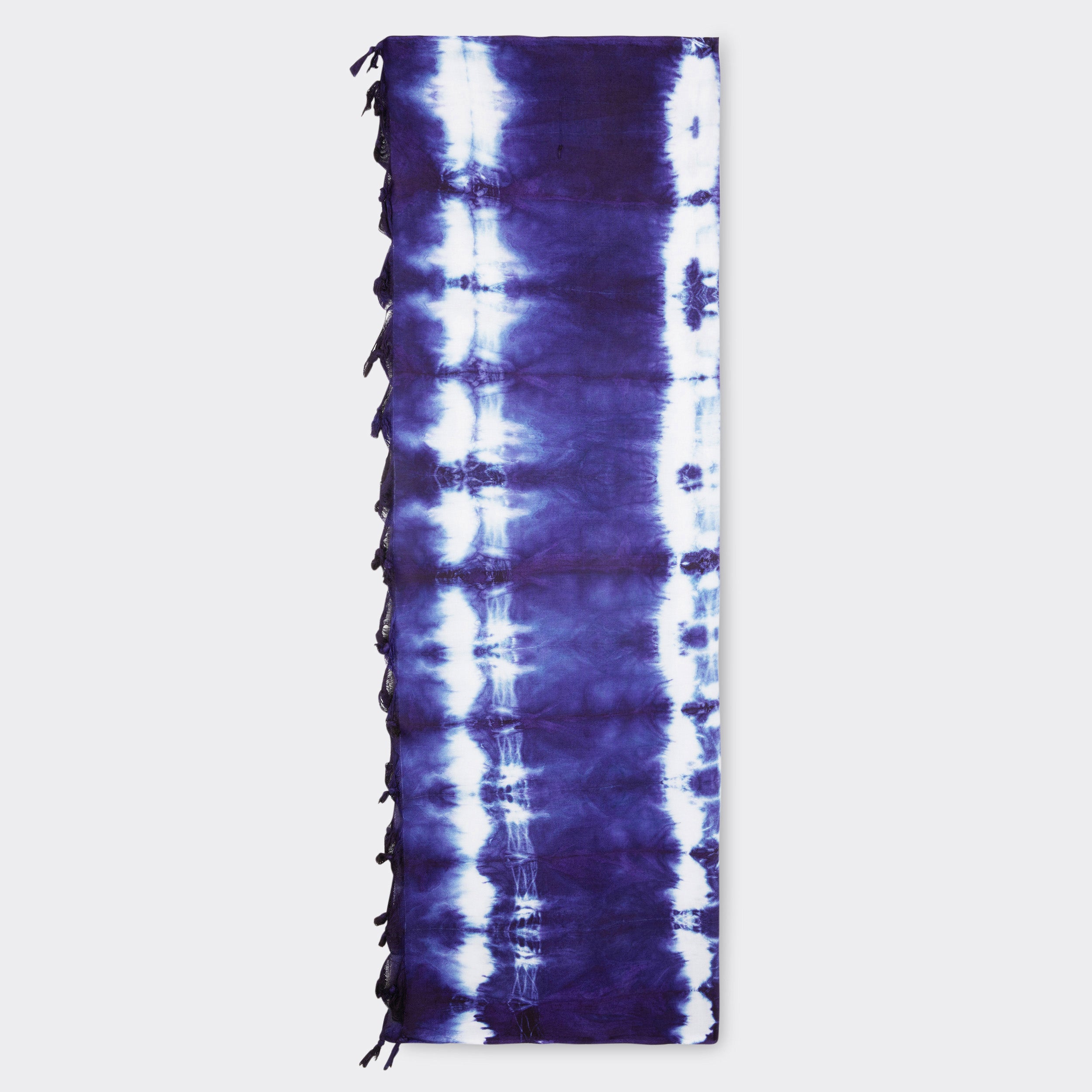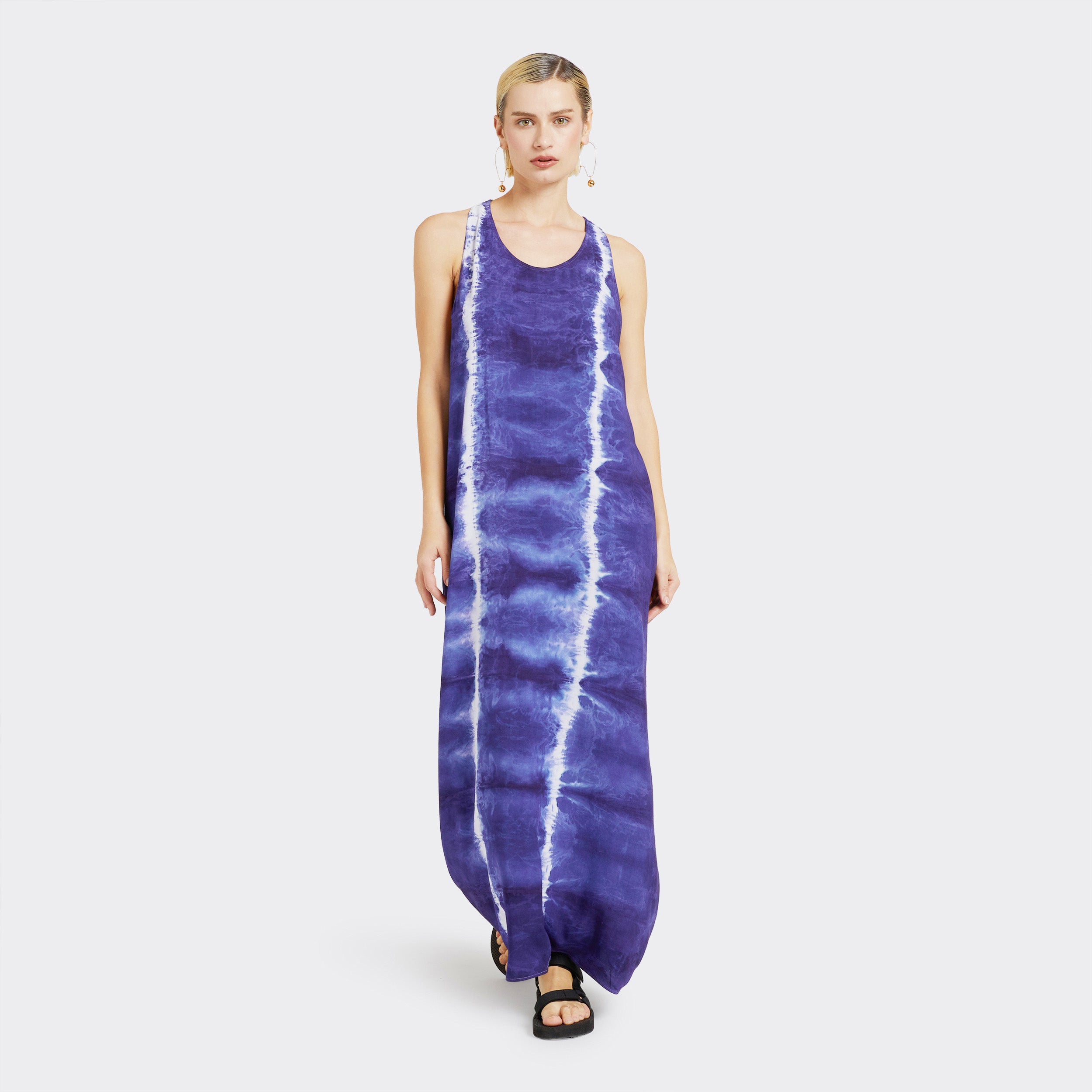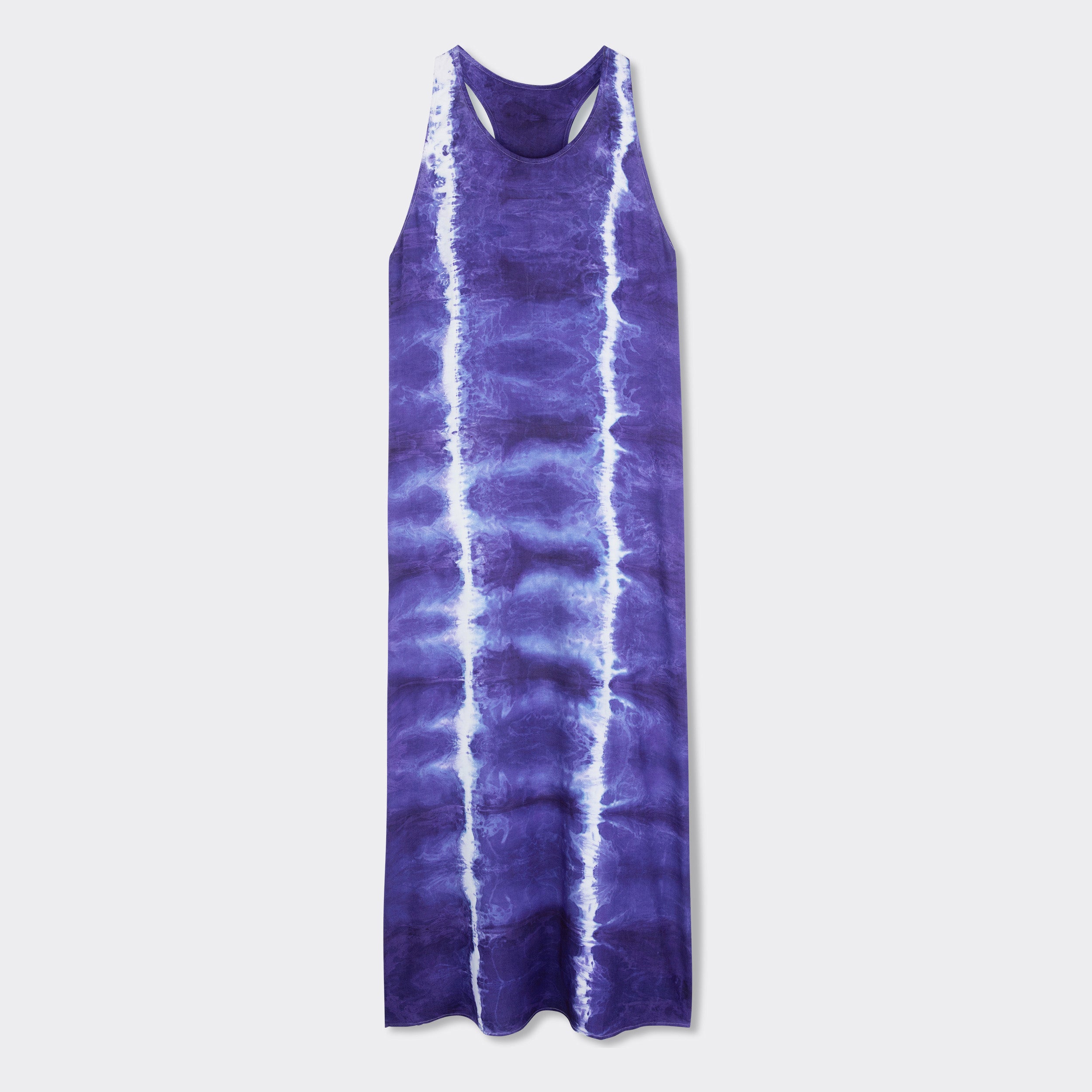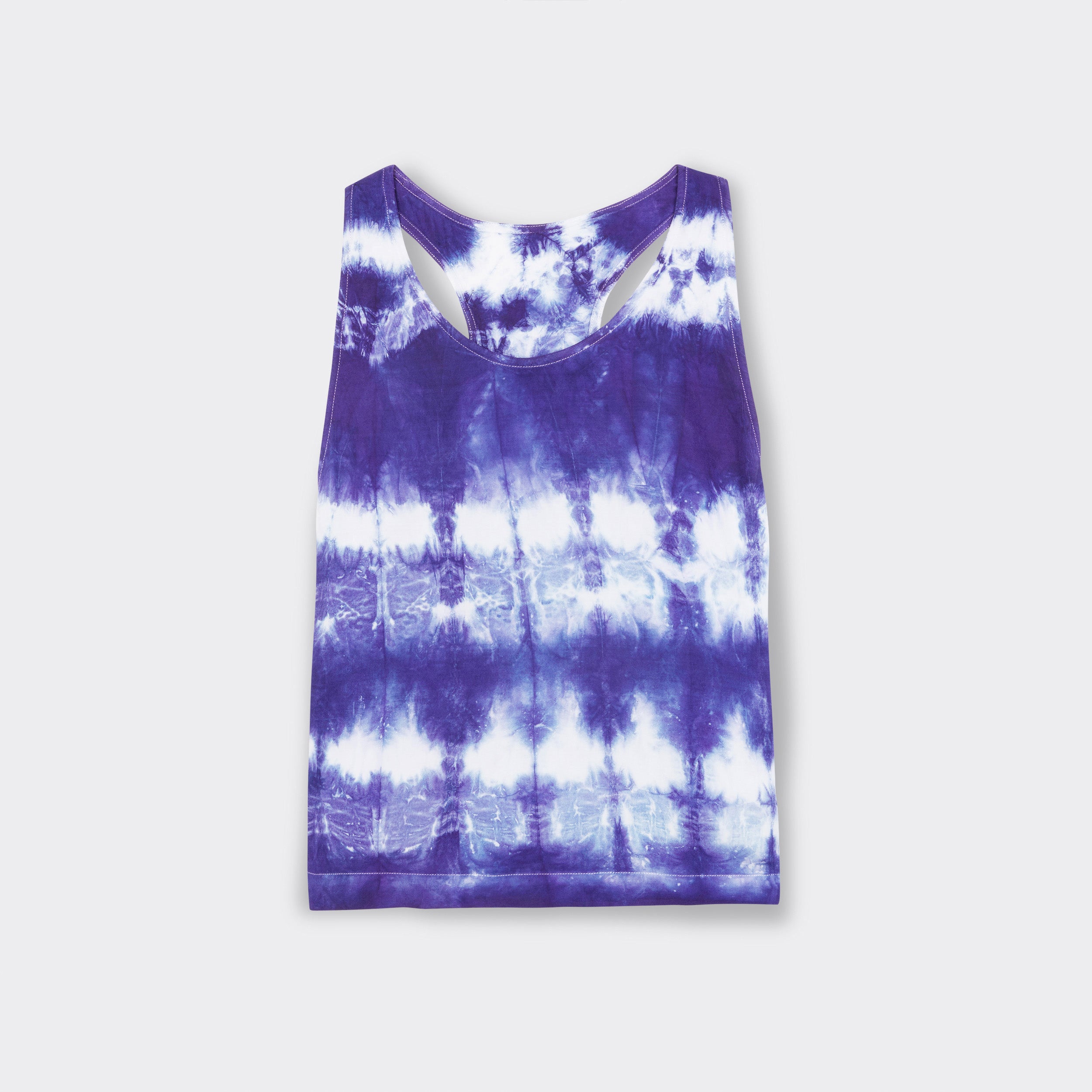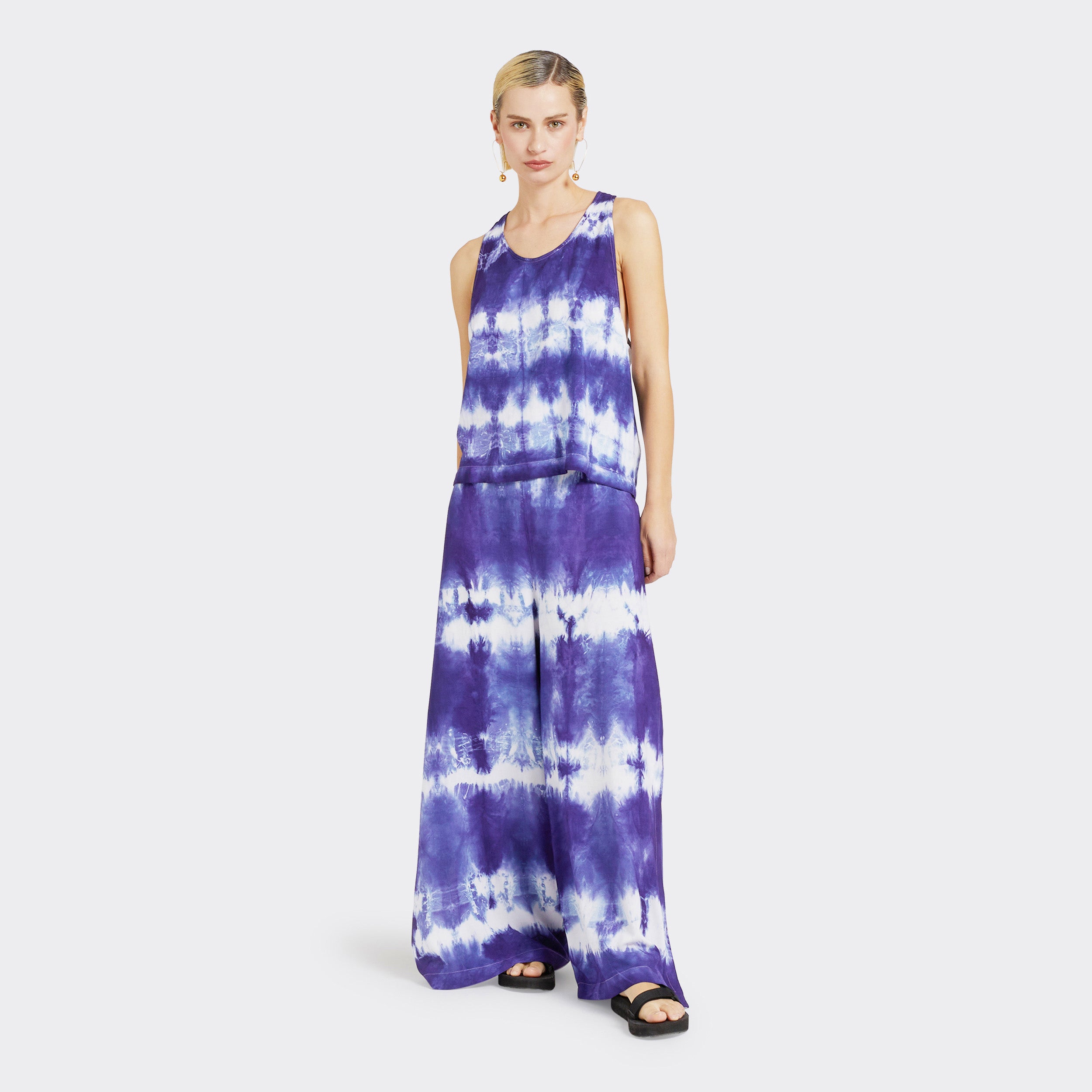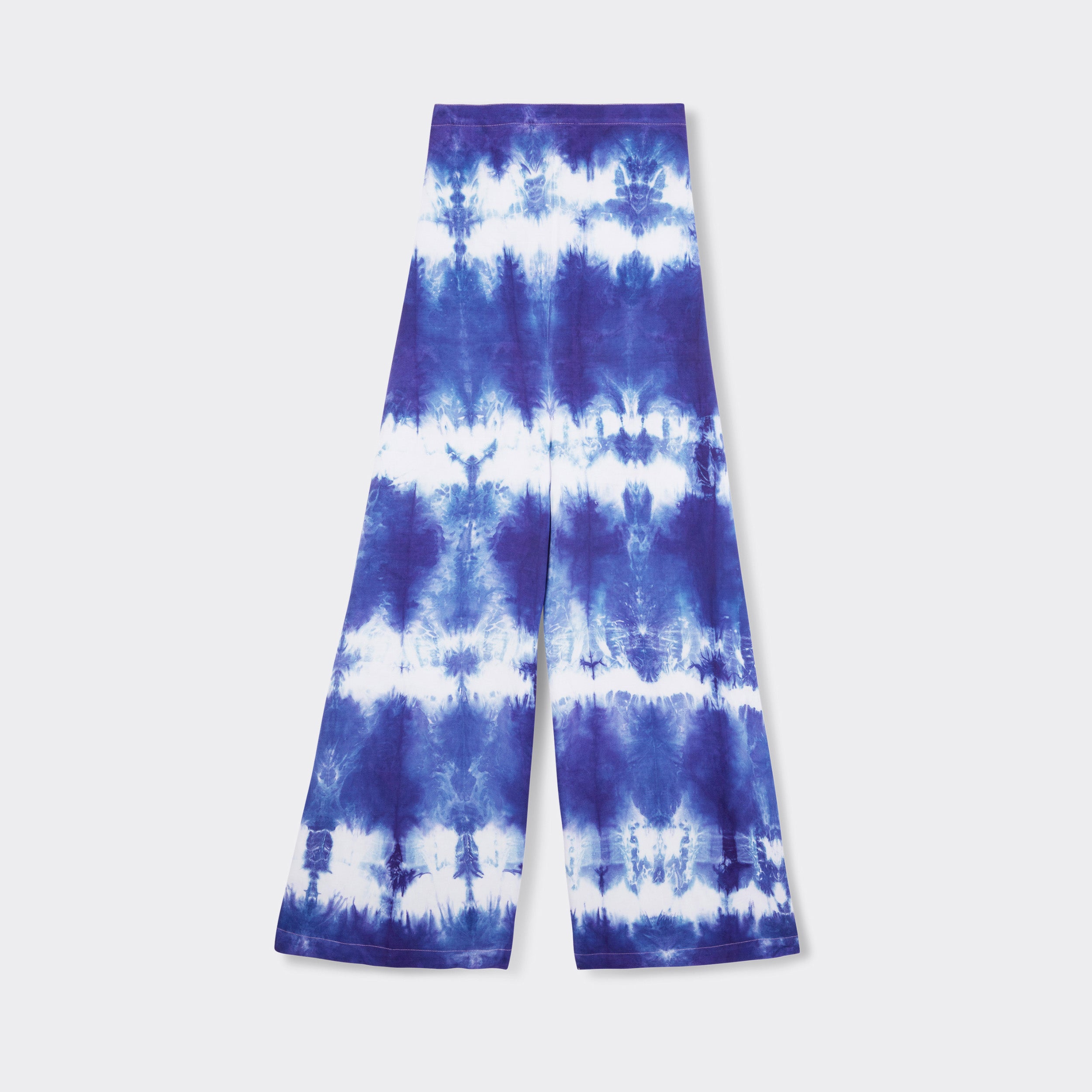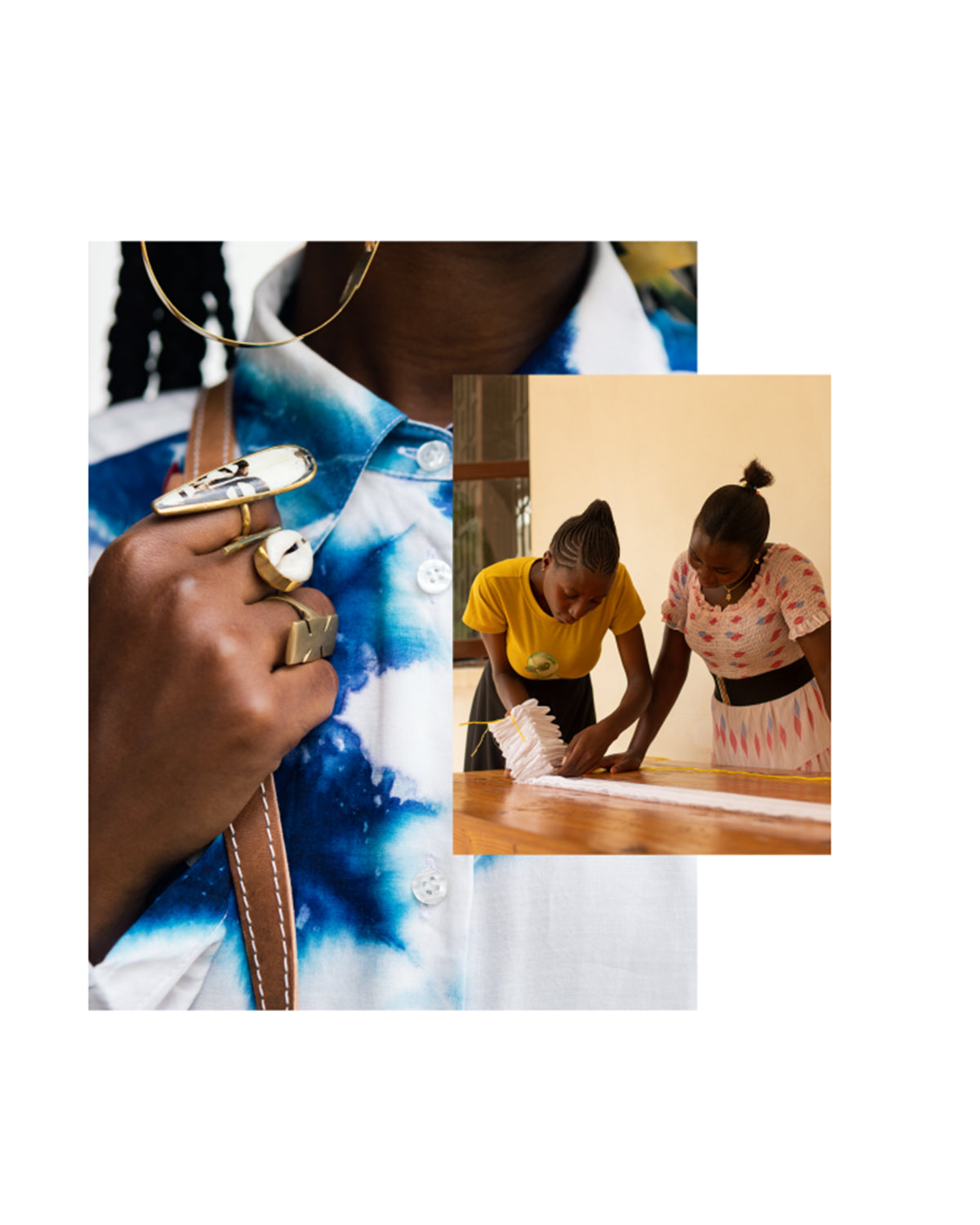
TIE DYE, A DYEING TECHNIQUE WITHOUT BORDERS
What we call tie-dye is one of the oldest and most widespread fabric dyeing techniques in the world. A similar technique is mentioned in some Chinese texts from the fifth century BC, but it seems that in pre-Columbian civilizations it was used even earlier.
In Japan there is shibori, in Indonesia there is batik, which combines wax and tie-dye, in Nigeria there is àdìrẹ. In the Western world, tie-dye made its breakthrough in the 1960s with the hippie culture, a context to which many still link it, despite its older and deeper cultural roots. .
Today, tie-dye fabrics are among the most popular in East Africa.

TOGETHER WITH SIFA
To make our tie-dye we asked for help from Sifa, a women's collective in Dar es Salaam, in Tanzania, in which women teach the secrets of this traditional process to other young women who have dropped out of school, offering them the opportunity to learn a job.
ENDELEA'S TIE DYE
Walking through the streets of Dar es Salaam, but also on the beaches of Zanzibar and the other small islands of the Indian Ocean, tie-dye fabrics are immediately noticed: for the particular colors and the organic lines of the designs that look like traces, but also because they are the symbol of a complex cultural stratification. For our tie-dye we have chosen a soft and light raw material, and two colors – blue and green – which recall both the nature of Tanzania and the Mediterranean summers.
Our goal is always the same: to be a bridge between Milan and Dar es Salaam, and to give a real idea of African textile culture, which today is a mix of wax, Maasai, kikoi, tie-dye and much more to discover.
Featured collection




